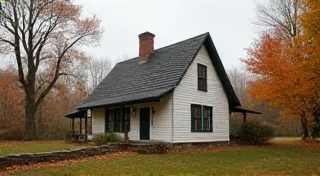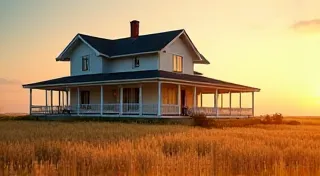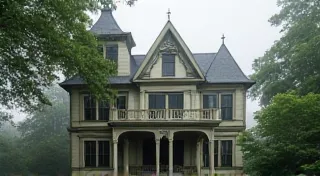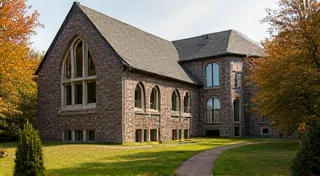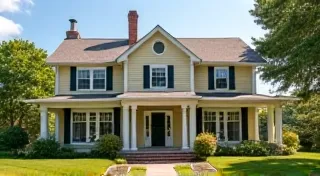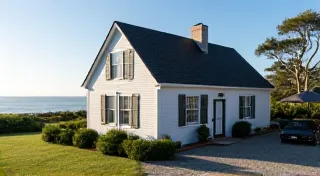Saltbox Architecture in New England: A Practical and Charming Design
The distinctive silhouette of a Saltbox house is instantly recognizable, particularly in the landscapes of New England. More than just a visually appealing design, the Saltbox style represents a fascinating blend of practicality, adaptation, and cultural heritage. Let's delve into the history and characteristics of this charming architectural style.
Origins: A Dutch Colonial Legacy & Early Influences
The Saltbox style isn’t a purely New England invention. Its roots lie in the Dutch Colonial architecture that began appearing in New York and New England during the 17th and 18th centuries. Dutch settlers brought with them house designs well-suited to the climate and resources available. These initial structures were typically rectangular, one-and-a-half stories high, and featured a steeply pitched roof. The defining characteristic – the long, sloping rear roofline – evolved over time. However, it's important to recognize that architectural styles rarely emerge in a vacuum. While Dutch Colonial provided the immediate foundation, influences from other early settlements, including those further south, began to shape the building traditions of the New World.
The name "Saltbox" itself remains somewhat of a mystery. One popular theory suggests that the shape of the long rear roof resembled a wooden saltbox, a common kitchen container used to store salt. While charming, definitive proof of this origin is lacking. The development of these homes wasn't just about aesthetics; it was a pragmatic response to the availability of materials and the need for resilient structures in a new and often challenging environment. The evolution of architectural forms across different regions, from New England to the Carolinas, showcases the ingenuity of early settlers adapting European traditions to local conditions – a fascinating process which reveals how Carolinian Colonial Architecture, with its own unique blend of European and Southern influences, intersected with the broader narrative of colonial building practices.
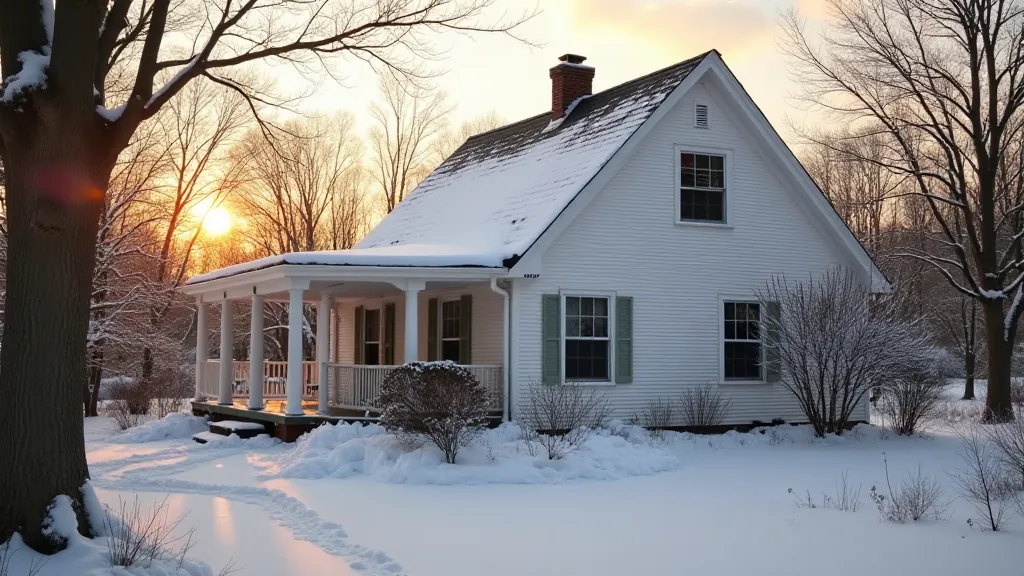
The Adaptation to New England’s Climate & Resourcefulness
As Dutch Colonial houses spread throughout New England, local builders and settlers adapted the design to better suit the region's harsh winters and heavy snowfall. The rear roofline was extended significantly, creating a longer slope than seen in the original Dutch examples. This extended slope allowed snow to slide off the roof more easily, preventing dangerous ice dams and structural damage. The forward roof typically maintained a moderate slope, but the rear roof could drop quite low, often reaching almost to the first floor. This adaptation wasn't merely about aesthetics; it was a critical engineering solution for longevity in a climate defined by heavy snow and icy conditions.
The materials used in Saltbox construction further reflected the regional resources. Timber framing was common, utilizing locally sourced wood. Clapboard siding, often painted in traditional colors like red, gray, or brown, was the exterior finish of choice. The selection of these materials wasn’t arbitrary; it was born from a deep understanding of what could be readily obtained and how those materials would withstand the rigors of a New England winter. Small, multi-paned windows, often casement windows, were designed to maximize light while minimizing heat loss. The construction techniques employed – the intricate joinery in the timber framing, the careful layering of clapboard – spoke volumes about the skills and craftsmanship of the builders. They weren't just constructing houses; they were creating resilient, enduring homes that would shelter generations.
Key Characteristics of Saltbox Architecture – A Detailed Examination
- Asymmetrical Roofline: This is the defining feature – a long, sloping rear roof extending down to or near the first floor. The dramatic slope of the rear roof is a direct result of the need to shed snow and ice, a pragmatic design element that makes Saltbox houses instantly recognizable.
- Timber Framing: Typically constructed with a strong timber frame, demonstrating skilled craftsmanship. The complexity of timber framing required experienced builders, often working together to raise the frame and ensure its stability.
- Clapboard Siding: Common exterior finish, often painted in traditional New England colors. The use of clapboard provided a durable and weather-resistant exterior.
- Multi-Paned Windows: Small, rectangular windows designed for light and insulation. The smaller panes of glass helped to minimize heat loss compared to larger window designs.
- Central Chimney: Usually located in the center of the house, often with multiple flues. The central chimney facilitated efficient heating for multiple rooms.
- Simple Interior Layout: Generally a straightforward layout with a central staircase and rooms arranged symmetrically around it. This efficient layout maximized usable space.

The Evolution and Legacy – Beyond the Original Form
The peak period for Saltbox construction occurred primarily from the 17th to the mid-18th centuries. While the style gradually declined in popularity, its legacy endures. Many original Saltbox houses still stand today, lovingly preserved and offering a glimpse into New England’s architectural history. They serve as tangible links to the past, reminding us of the lives and skills of those who built them.
The decline in popularity wasn’t a sign of dissatisfaction; rather, it reflected changing architectural tastes and construction methods. New building techniques allowed for more complex and varied designs, while changing societal needs demanded different types of housing. Despite this decline, the principles behind the Saltbox design – its practicality, its efficiency, and its harmonious integration with the environment – remained influential.
Modern interpretations of the Saltbox style can be found as well, incorporating contemporary design elements while retaining the iconic roofline. These updated versions often feature modern amenities and energy-efficient features, making them well-suited for today’s lifestyles. The enduring appeal of the Saltbox lies in its ability to transcend its historical context, offering a timeless aesthetic and a sense of connection to the past.
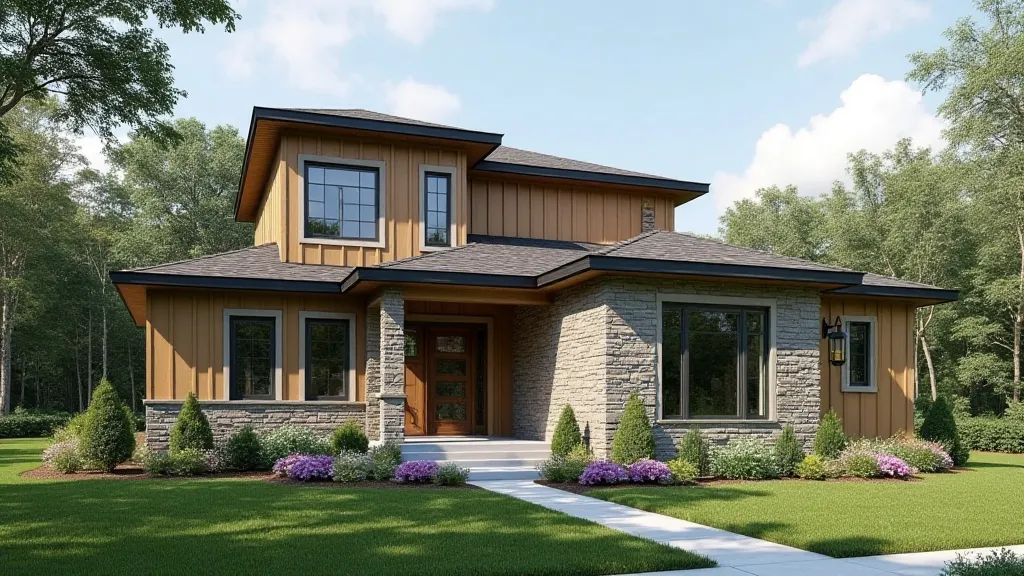
Preserving a Piece of New England History & Continuing the Tradition
The Saltbox style remains a beloved symbol of New England’s heritage. Understanding its origins, adaptation, and unique features allows us to appreciate the ingenuity and resourcefulness of the early settlers who shaped the region’s architectural landscape. By preserving and celebrating these historic structures, we can ensure that the charm of the Saltbox endures for generations to come. This preservation isn't just about saving buildings; it’s about safeguarding a vital part of New England’s identity.
Furthermore, the continuing evolution of the Saltbox style demonstrates the ongoing relevance of traditional building principles. Modern architects and builders are finding new ways to incorporate the key features of the Saltbox – the efficient layout, the durable construction, and the harmonious integration with the environment – into contemporary designs. This ensures that the spirit of the Saltbox lives on, inspiring new generations of builders and homeowners.
Examining how building traditions have spread and adapted across the colonies, like the influences seen in Carolinian Colonial Architecture, provides a richer understanding of the wider architectural landscape of early America and demonstrates the interconnectedness of these regional styles.
